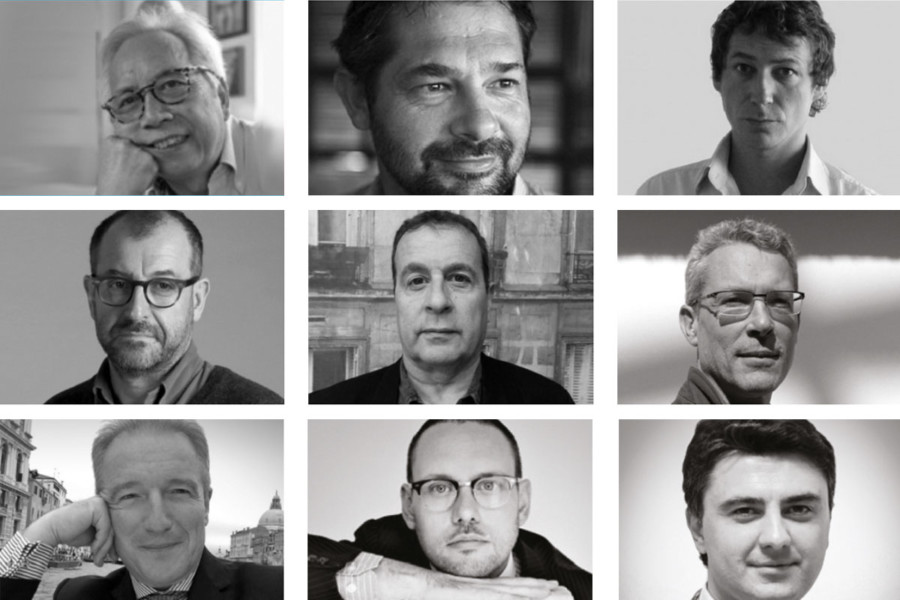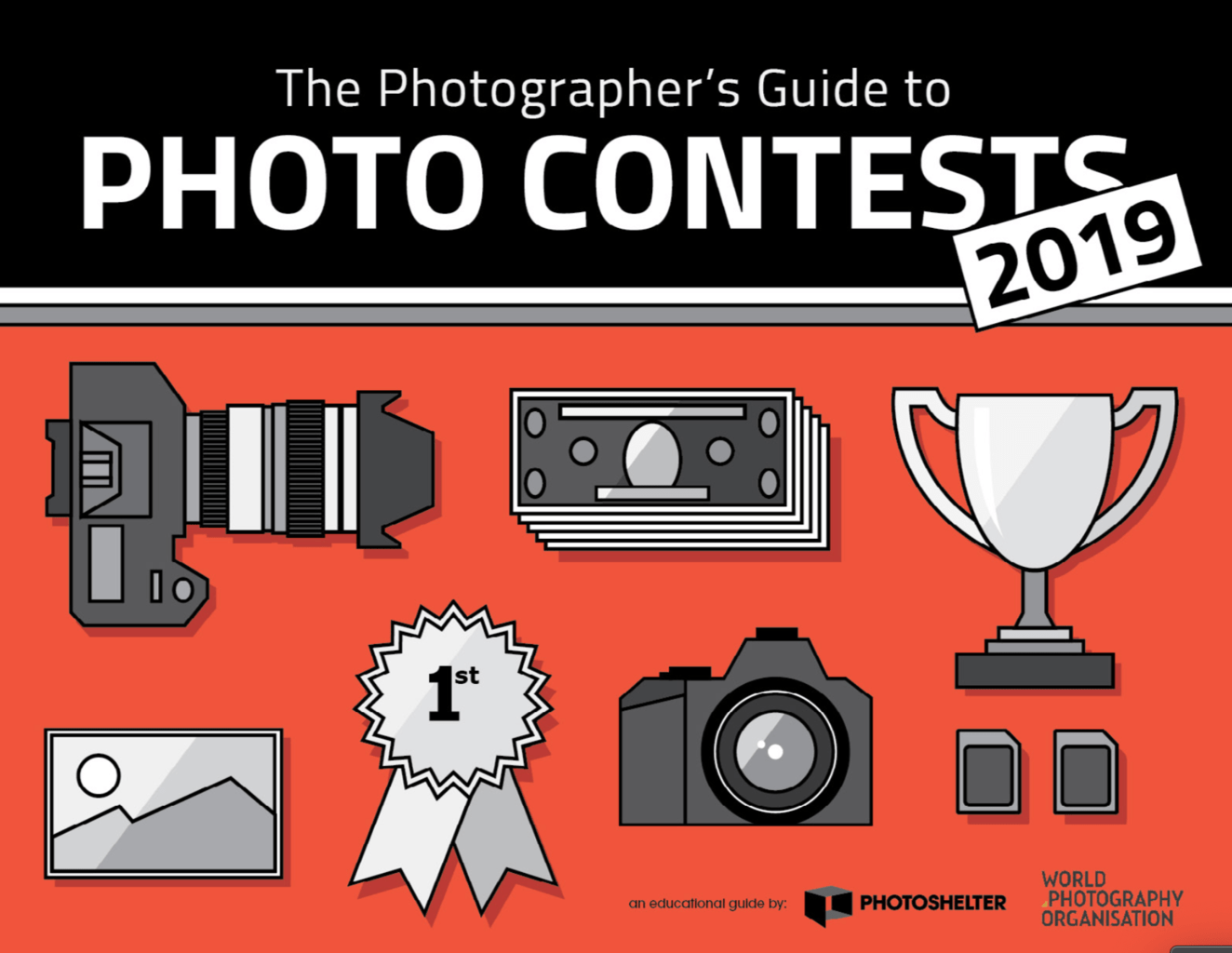Share
Consider the Photo Contest Jury
We recently launched the PhotoShelter Guide to Photo Contests 2019 – our annual look at contests around the world that we think are worth your co...

We recently launched the PhotoShelter Guide to Photo Contests 2019 – our annual look at contests around the world that we think are worth your consideration. And while our suggestions this year were heavily weighted towards contests with large cash prizes (a decision primarily motivated by contest winner feedback that suggests marketing exposure rarely translates to more work), we wanted to also discuss contest juries.

In past guides, we’ve explained how many juries have 100% turnover from year to year, and some contest organizers give jurors very little guidance over how they should judge. In the absence of specific guidance, jurors will tend to fall back on previous winners to inform their decisions, which can lead to visual sameness.
The issue is also compounded (particularly for documentary photography) when 1) photo editors hire western photographers to photographs foreign places, 2) western photographers fall back on tropes of exoticism or orientalism, 3) the images are entered in contests judged by primarily white, male, western juries.
John Edwin Mason, an Associate Professor of History at the University of Virginia, has been outspoken on the issue of diversity on Twitter. When the winners of the Taylor Wessing Photographic Portrait Prize were announced, Mason expressed outrage that “All four prize winners in this year’s [competition] are portraits of black or brown people made by white photographers…”
Chirag Wakaskar, a Mumbai and Detroit based photojournalist, responded:
“As long as juries continue to look like this, we will continue to be “subjects” and not someone who can share space in decision making / driving the narrative.”
https://twitter.com/chiragwakaskar/status/1052357270393241600
And in a piece for Al Jazeera, M Neelika Jayawardane, an Associate Professor of English at SUNY-Oswego and Research Associate at the Visual Identities in Art and Design, University of Johannesburg, wrote:
“How can African photographers hope to get work or recognition without reproducing expected stereotypes?”
The way we see the world is influenced by our experience. A photographer who has lost a parent to cancer will have a different insight and approach than a photographer who hasn’t had that experience. Similarly, a person born and raised in Africa wouldn’t consider certain elements of daily life as “exotic” in the way a foreigner would. This was part of the motivation for TIME using Devin Allen’s photography during the Baltimore Riots of 2015. It is one of the criticisms against Steve McCurry.
In early 2018, Women Photograph conducted a small survey of A1 Lead Photo Bylines by Gender of 8 major newspapers. Inspired by their effort, we took a similar look at some of the largest magazines. The results were dismal for women and the data provided an objective way to measure diversity.
Since contests dominate a large part of the photo industry marketing landscape, we thought we’d do a similar diversity breakdown of some of the contests that we recommended this year.
Here’s one we didn’t recommend based on the lack of significant prize money, but an example of a relatively diverse jury:
The Contemporary African Photography Prize is an annual award given to five photographers whose works “were created on the African continent or which engages with the Africa diaspora.”
- 23 Judges
- 7 Women (30%)
- 10 People Of Color (POC) (43%)
And here are some of our recommended contests with a jury breakdown:
- 9 Judges
- 1 Woman (11%)
- 0 POC (0%)
Taylor Wessing Photographic Portrait Prize
- 6 Judges
- 3 Women (50%)
- 1 POC (16%)
- 5 Judges
- 1 Woman (20%)
- 0 POC (0%)
Wildlife Photographer of the Year
- 9 Judges
- 4 Women (44%)
- 0 POC (0%)
- 5 Judges
- 2 Women (40%)
- 1 POC (20%)
Disclaimer: I am a judge for this award
- 7 Judges
- 4 Women (57%)
- 0 POC (0%)
Kuala Lumpur International Photoawards
- 5 Judges
- 3 Women (60%)
- 3 POC (60%)
The World Press Photo Contest (The News and Documentary Specialist Jury)
- 5 Judges
- 3 Women (60%)
- 2 POC (40%)
You can reasonably question whether jury diversity matters for a nature photography contest (I don’t think you can make a credible argument for disciplines like documentary or portrait photography). On the other hand, seeing a women or POC on the jury might inspire more women and people of color to take nature photos. Homogeneous structures tend to maintain themselves.
Secondly, appearances matter. What would it say about the Prix Virginia – a contest only open to women – if the jury was predominantly male? Or if the CAP Prize was selected by an all-white jury?
Photography captures everyone’s experience. Contest juries should reflect that diversity.
Top image: Istanbul Photo Awards Jury 2016


